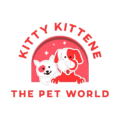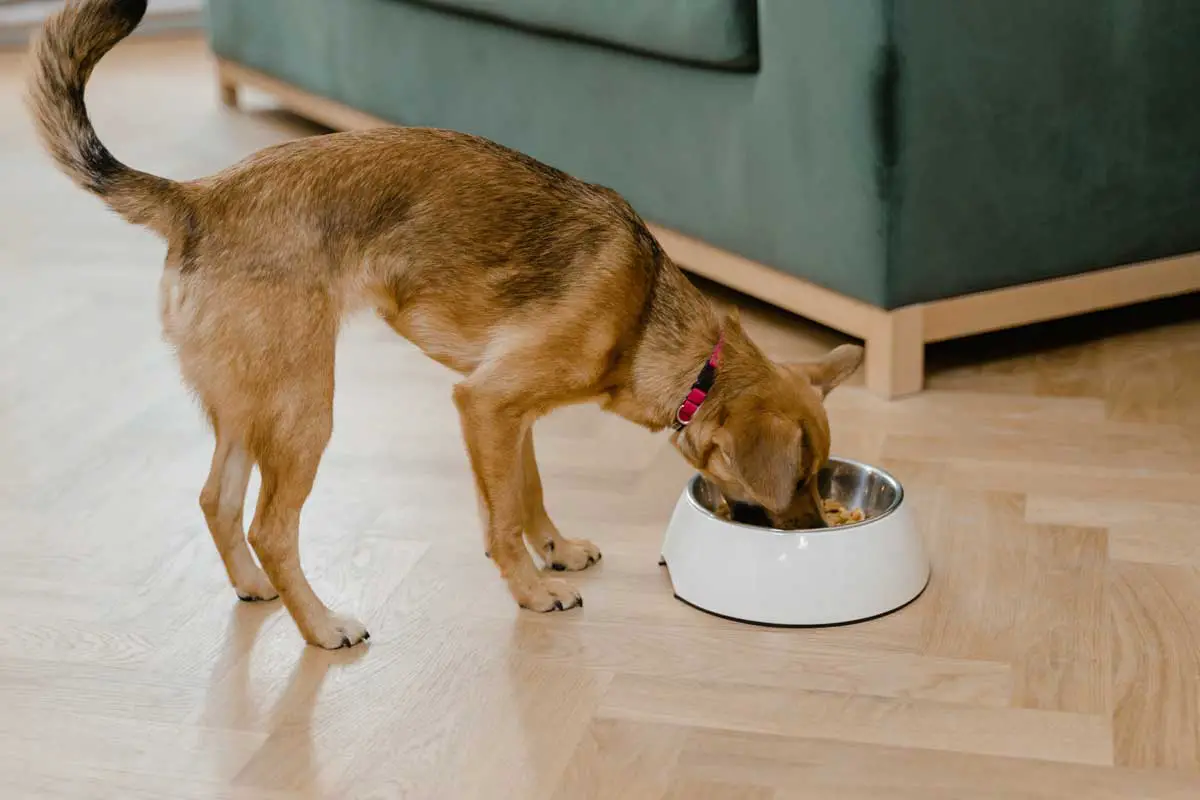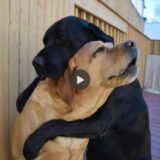When you step into a pet store, you’ll find a plethora of choices for dog food. Among the options available, there are fresh, frozen, and even freeze-dried alternatives. However, the most prevalent types you’ll come across are dry kibble dog food and canned wet one.
Certain dog owners opt to combine both types of food for various reasons. It’s essential to understand the advantages of each type individually and whether blending them diminishes these benefits. This knowledge will enable you to offer the optimal diet for your beloved canine companion.
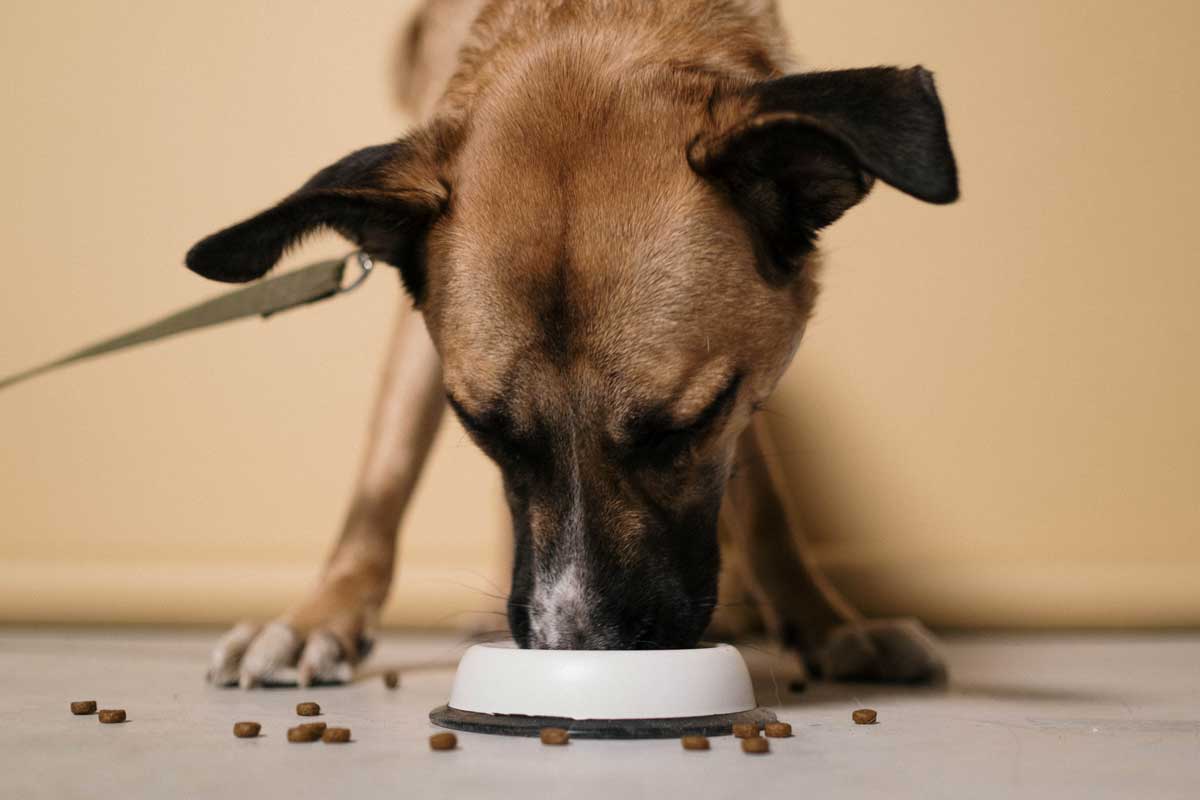
1. Wed Dog Food
What is “Wet Dog Food”?
Wet dog food, also known as canned dog food, is a type of dog food that typically contains higher moisture content than dry kibbles. It is made up of a blend of meat, vegetables, grains, and other nutritious ingredients. The manufacturing process involves canning the food to maintain its freshness and preserve essential nutrients.
Benefits of Wed Dog Food
Wet dog food offers several benefits for your dog’s diet.
Firstly, the high moisture content helps to keep your dog hydrated, particularly if they don’t drink enough water. The soft texture of wet food is also beneficial for dogs with dental issues or those who have difficulty chewing.
Furthermore, it is often more palatable for picky eaters and can entice dogs who have a decreased appetite. The nutritional profile of wet dog food is generally well-balanced, providing essential vitamins, minerals, and proteins for optimal health.
How Much Wet Food to Feed a Dog Every Day?
The appropriate amount of wet dog food to feed your dog depends on factors such as age, weight, activity level, and overall health. It is crucial to follow the feeding guidelines provided by the manufacturer and consult with your veterinarian to determine the appropriate portion size.
Typically, wet dog food is fed in smaller quantities compared to dry food due to its higher calorie content.

2. Dry Dog Food
What is “Dry Dog Food”?
Dry dog food, also known as kibble, is a type of dog food that is dehydrated and has a lower moisture content compared to wet food. It is composed of various ingredients, including meat, grains, vegetables, and added nutrients. It is manufactured through a process that involves extrusion, which creates the familiar shape and texture of kibbles
Benefits of Dry Dog Food
Dry dog food offers several advantages that make it a popular choice among dog owners.
Firstly, it promotes good dental health by aiding in the removal of plaque and tartar buildup. The crunchy texture of kibbles provides a mild abrasive action against the teeth.
It is also convenient to store and serve, as it does not require refrigeration and can be left out for longer periods without spoiling.
Additionally, it tends to be more cost-effective compared to wet dog food.
How Much Dry Food to Feed a Dog Every Day?
The recommended amount of dry dog food to feed your dog depends on various factors, including their age, weight, activity level, and specific dietary needs. It is crucial to follow the feeding guidelines provided by the manufacturer and consult with your veterinarian to determine the appropriate portion size.
Typically, dry dog food is fed in larger quantities compared to wet food due to its lower calorie density.
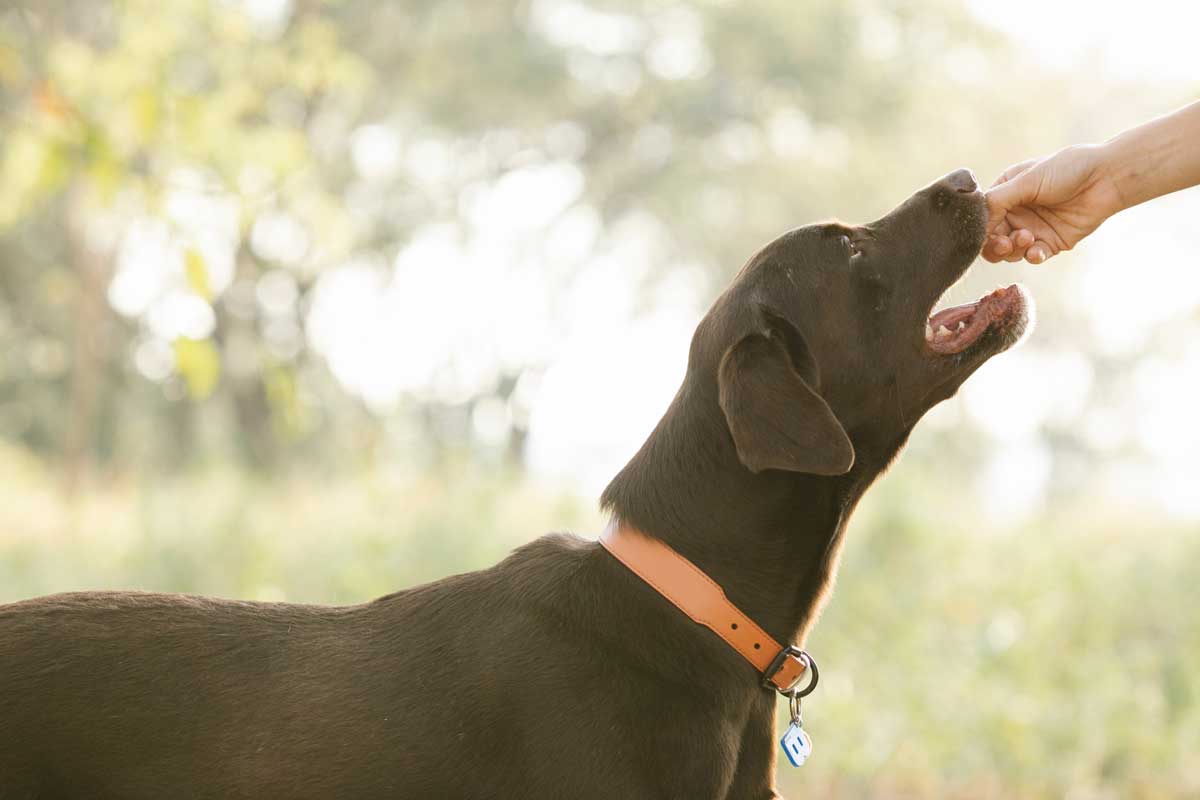
3. The Pros and Cons of Mixing Wet & Dry Dog Food
Pros of Mixing
There is a growing trend among dog owners to combine both wet and dry dog food in their pets’ meals, and this practice offers numerous advantages.
One of the notable benefits is the cost-effectiveness of feeding a mixture compared to an exclusively canned food diet. By incorporating dry food, owners can provide variety while still enticing picky eaters during mealtime. Additionally, this blend increases the moisture intake of dogs, which proves beneficial for canines dealing with specific conditions such as kidney disease or bladder stones.
Moreover, mixing dry and wet food retains the inclusion of crunchy kibble, contributing to enhanced dental health for dogs. This combination ensures that their teeth receive the necessary abrasion to remove plaque and maintain oral hygiene.
Cons of Mixing
Combining wet and dry dog food introduces certain considerations that differ from exclusively feeding dry food. While wet food comes at a higher price point than dry food, incorporating both adds an additional expense to mealtime compared to solely feeding dry food. Moreover, the need for refrigeration arises when there is leftover wet food after a meal. This requirement ensures its preservation but may pose an inconvenience. Additionally, mixing the two types of food can result in a stronger odor compared to dry food alone and generate more waste due to the use of small cans and pouches for wet food packaging. Furthermore, a strictly dry food diet may offer more dental benefits than a mixture of wet and dry food.
It is important to note that if a dog does not consume the mixture of wet and dry food within a few hours, the dry kibble may become soggy, and the wet food may develop a crust, rendering it unsuitable for saving. This scenario can lead to increased waste.
Ultimately, the choice between wet, dry, or a combination of both is not a matter of a single “best” option. Several factors such as cost, storage requirements, ease of feeding, specific medical conditions, physical limitations, availability of different food types, and individual dog preferences all come into play when making this decision. Each dog’s unique circumstances should be considered to determine whether an exclusive wet or dry food diet or a mixture of both is most suitable.
Related:
1. Understanding About the Importance of a Balanced Diet for Dogs
